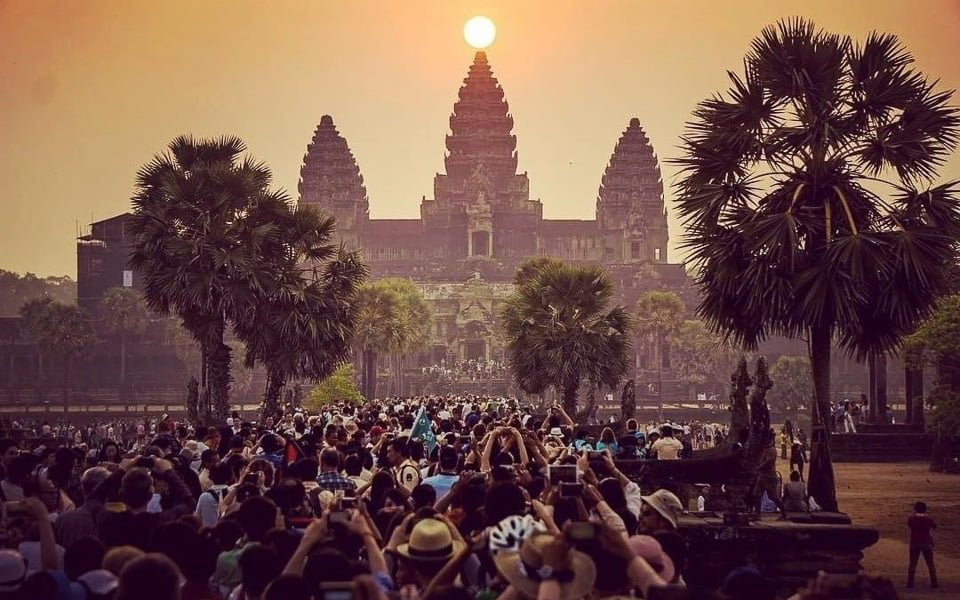Cambodia is a land where ancient stone and living spirit intertwine — where grand temples rise from jungles and age-old traditions pulse through daily life. Through UNESCO’s recognition, the world acknowledges the Khmer civilization’s enduring legacy, both tangible and intangible.
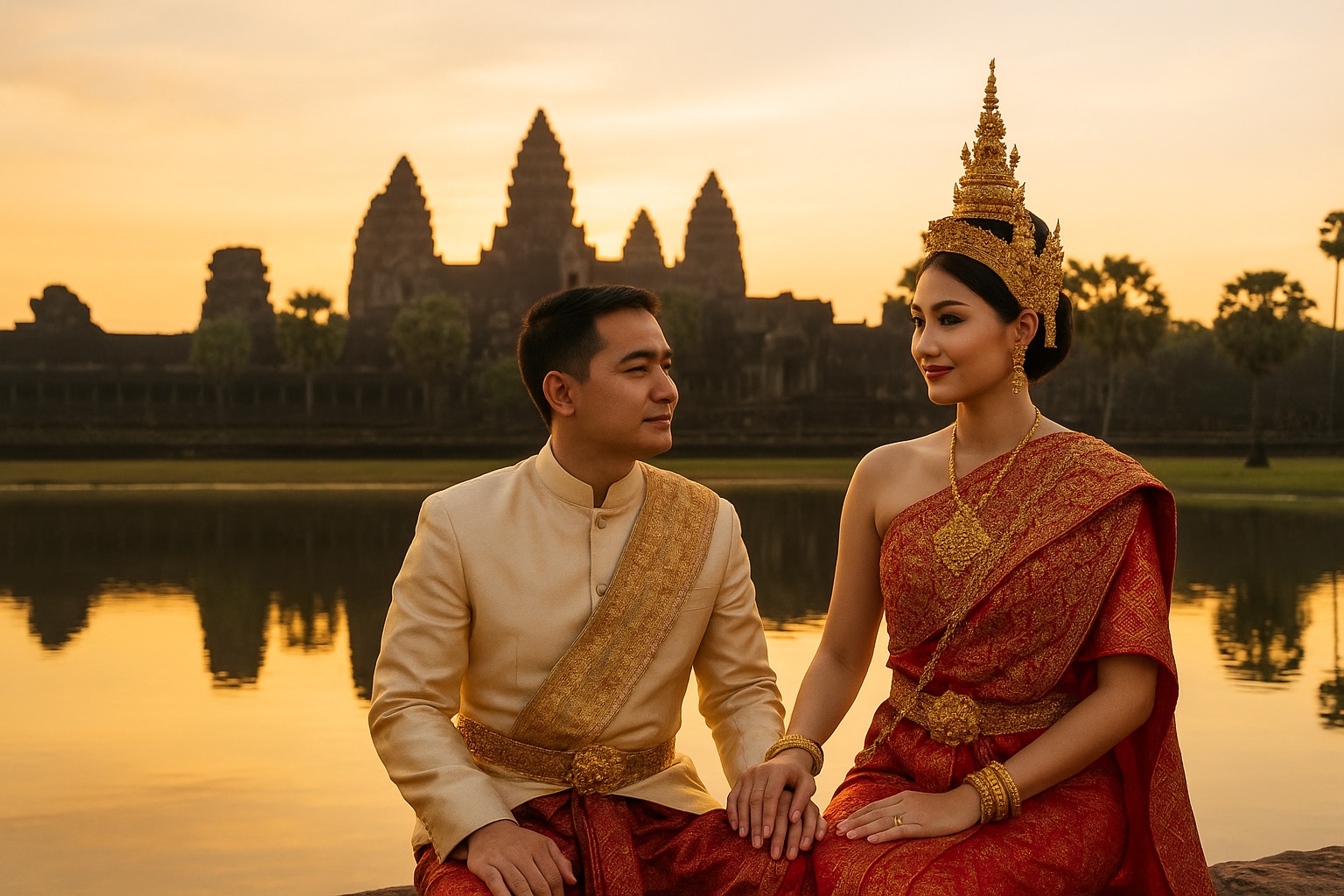
As of 2025, Cambodia proudly holds five UNESCO World Heritage Sites and seven elements of Intangible Cultural Heritage, showcasing its rich blend of artistry, faith, and resilience.
🌍 Understanding UNESCO Heritage in Cambodia
UNESCO recognizes two main types of heritage:
- World Heritage Sites: Cultural or natural landmarks of Outstanding Universal Value.
- Intangible Cultural Heritage: Living traditions, performing arts, rituals, and crafts that define a nation’s identity.
Together, Cambodia’s UNESCO listings form a tapestry of Khmer civilization — past, present, and future.
🛕 I. Cambodia’s UNESCO World Heritage Sites (5 Sites)
1. Angkor Archaeological Park
📍 Siem Reap Province
📅 Inscribed on December 14, 1992
Angkor remains Cambodia’s greatest cultural symbol and one of the world’s most breathtaking archaeological wonders. The park spans over 400 square kilometers, featuring iconic temples such as Angkor Wat, Bayon, and Ta Prohm — each echoing the grandeur of the Khmer Empire (9th–15th centuries).
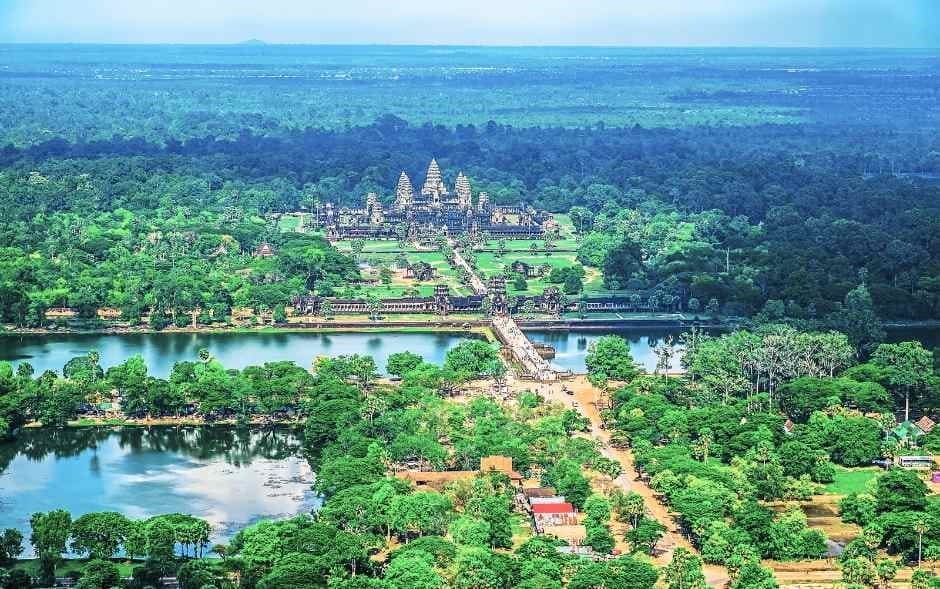
Why UNESCO Recognized Angkor:
- Exceptional example of Khmer architecture and urban design
- Symbolic blend of Hindu and Buddhist spirituality
- Monumental artistic achievement in stone
📖 Read more: What Makes Angkor a UNESCO World Heritage Site?
2. Temple of Preah Vihear
📍 Preah Vihear Province
📅 Inscribed on July 7, 2008
Perched atop the Dangrek Mountains, this 11th-century temple dedicated to Shiva commands breathtaking views across the Cambodian plains. The Temple of Preah Vihear is celebrated for its spiritual symbolism and its harmonious integration with the natural landscape.
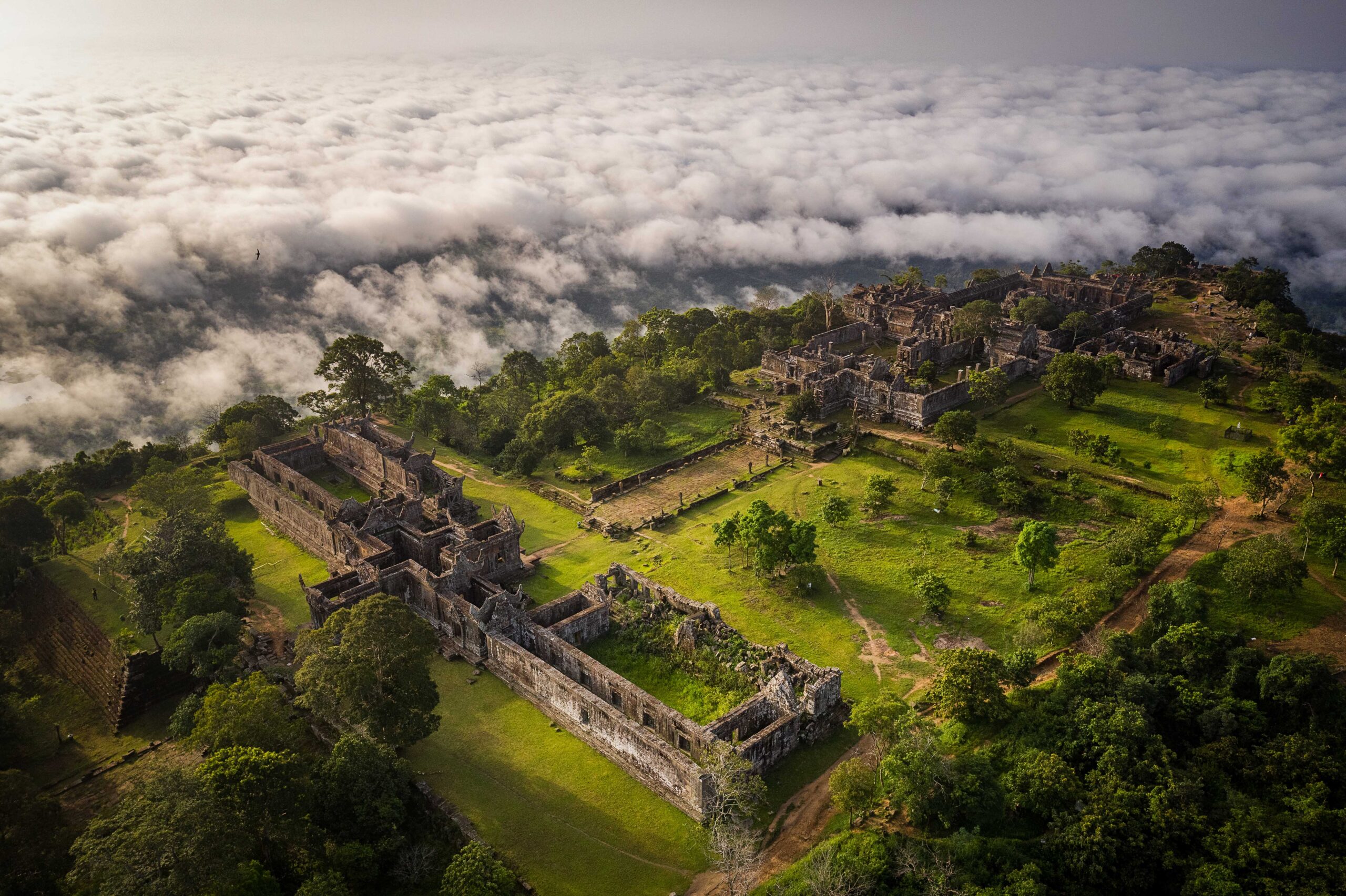
Why UNESCO Recognized It:
- Masterpiece of Khmer architecture in its spiritual context
- Symbolic representation of Mount Meru, the center of the universe in Hindu mythology
- Cultural continuity from Angkorian belief systems
📖 Read more: Preah Vihear Temple: The Cliffside Sanctuary Symbolizing Khmer Spiritual Power
3. Sambor Prei Kuk, Temple Zone of Ancient Ishanapura
📍 Kampong Thom Province
📅 Inscribed on July 8, 2017
Sambor Prei Kuk, meaning “The Temple in the Rich Forest,” was the capital of the Chenla Kingdom (late 6th to early 7th century). Its pre-Angkorian temples — built primarily from brick and sandstone — show the early stages of Khmer art and city planning.
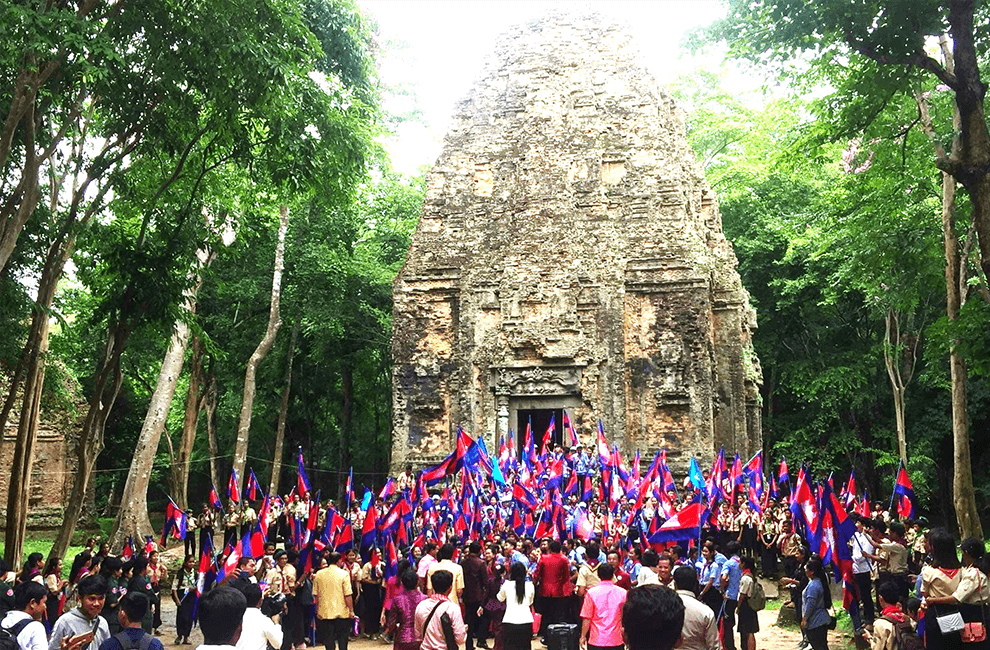
Why UNESCO Recognized It:
- One of the earliest known urban centers in Southeast Asia
- Distinctive architectural style that influenced Angkor
- Rich carvings depicting Hindu cosmology
📖 Read more: Sambor Prei Kuk: Cambodia’s Hidden World Heritage Gem You Need to Visit
4. Koh Ker Temple Area
📍 Preah Vihear Province
📅 Inscribed on September 17, 2023
Once the capital of the Khmer Empire under King Jayavarman IV (928–944 CE), Koh Ker is famous for its pyramid-shaped temple, Prasat Thom, and over 180 smaller sanctuaries scattered throughout the forest. Its unique architectural style and inscriptions reveal a period of innovation and royal ambition.

Why UNESCO Recognized It:
- Distinctive “Prasat Thom” pyramid form unique in Khmer history
- Historical insight into a brief but influential royal capital
- Symbol of Khmer architectural evolution
📖 Read more: Koh Ker: The Lost Capital of the Khmer Empire Rediscovered
5. The Former M-13 Prison, Tuol Sleng Genocide Museum, and Choeung Ek Genocidal Center
📍 Phnom Penh
📅 Inscribed on July 11, 2025
The Tuol Sleng Genocide Museum (former S-21 prison) and Choeung Ek Genocidal Center stand as solemn reminders of the Khmer Rouge regime (1975–1979). Once a school turned into a prison, Tuol Sleng is now preserved as a memorial and education center honoring the victims of genocide.
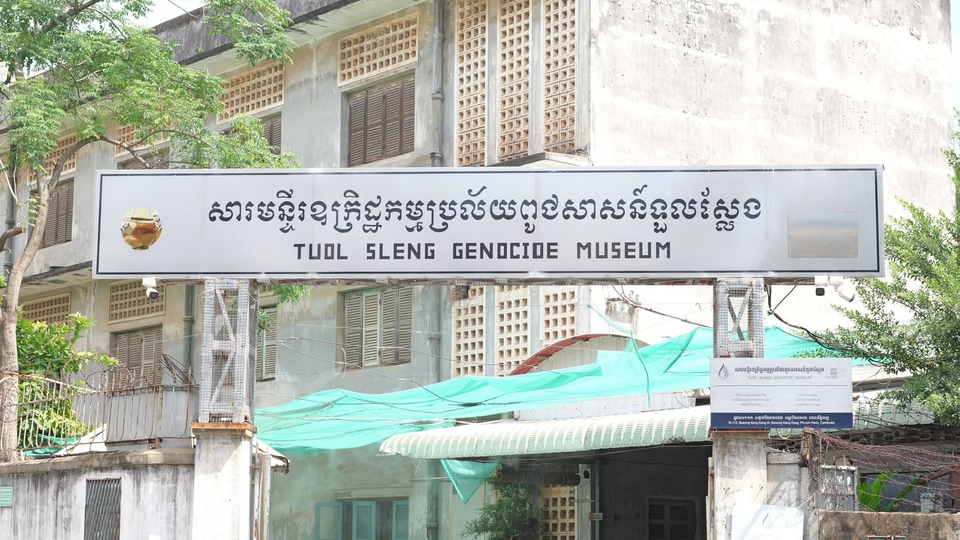
Why UNESCO Recognized It:
- Historical significance in documenting crimes against humanity
- A vital place for remembrance, education, and reconciliation
- Symbol of human resilience and the importance of truth
📖 Read more: Tuol Sleng and Choeung Ek: Cambodia’s Journey from Tragedy to Healing
🎭 II. Cambodia’s Intangible Cultural Heritage (7 Elements)
1. The Royal Ballet of Cambodia (របាំព្រះរាជទ្រព្យ, Robam Preah Reach Troap)
📅 Inscribed on November 7, 2003
This classical dance tradition reflects the elegance and spirituality of the Khmer royal courts. Each movement conveys devotion, mythology, and moral values, often reenacting episodes from the Reamker (Khmer Ramayana).

Cultural Value:
- Symbol of national identity and resilience
- Transmitted through master-apprentice lineages
- Rich costumes, hand gestures, and sacred rituals
2. Sbek Thom — Khmer Shadow Theatre
📅 Inscribed on November 25, 2005
Performed with large leather puppets illuminated by firelight, Sbek Thom tells sacred stories from the Reamker. It combines art, music, dance, and ritual in a deeply spiritual performance.
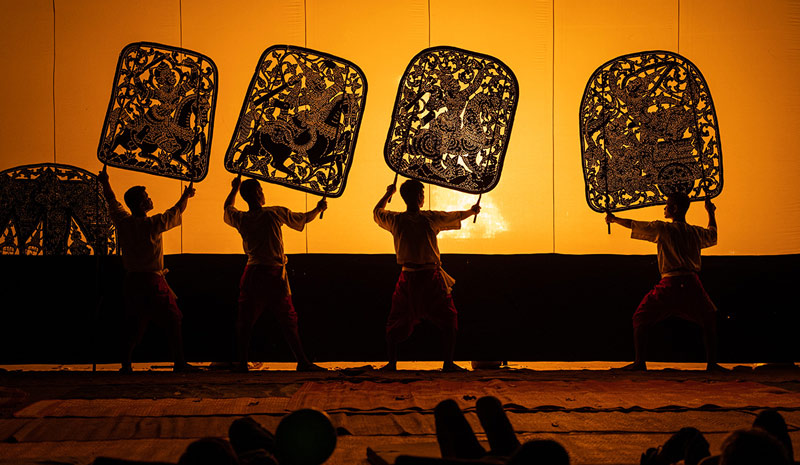
Cultural Value:
- One of Southeast Asia’s oldest performance arts
- Ritual importance in temples and community gatherings
- Symbol of Khmer creativity and spirituality
3. Tugging Rituals and Games (Teanh Prot)
📅 Inscribed on December 2, 2015
This communal tug-of-war ritual celebrates harmony, strength, and agricultural fertility. It’s performed during New Year and harvest festivals to symbolize unity between humans and nature.
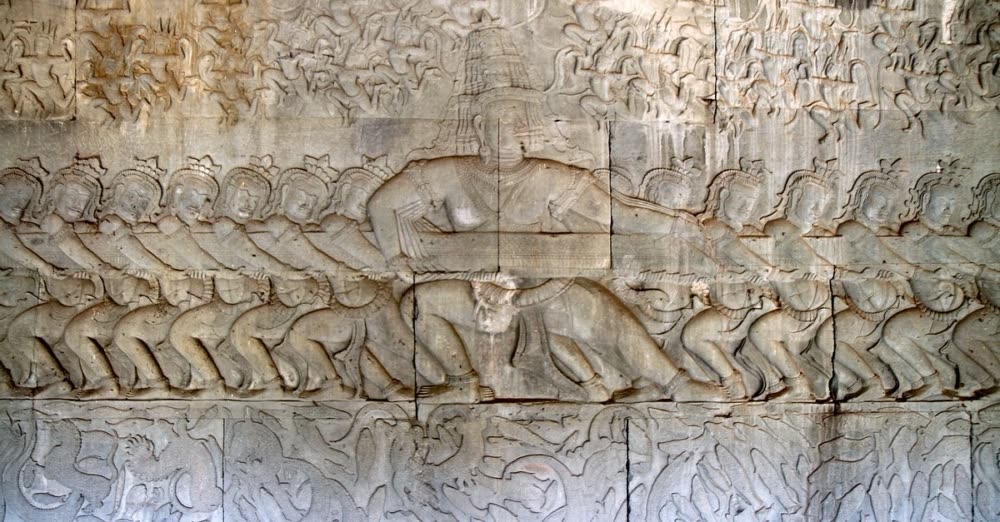
Cultural Value:
- Promotes teamwork and seasonal celebration
- Preserves agrarian traditions and folk unity
4. Chapei Dang Veng (ចាប៉ីដងវែង)
📅 Inscribed on November 30, 2016
A traditional art of storytelling through song, performed with the two-stringed Chapei lute. The performer improvises lyrics — often humorous, poetic, or moral — to educate and entertain audiences.
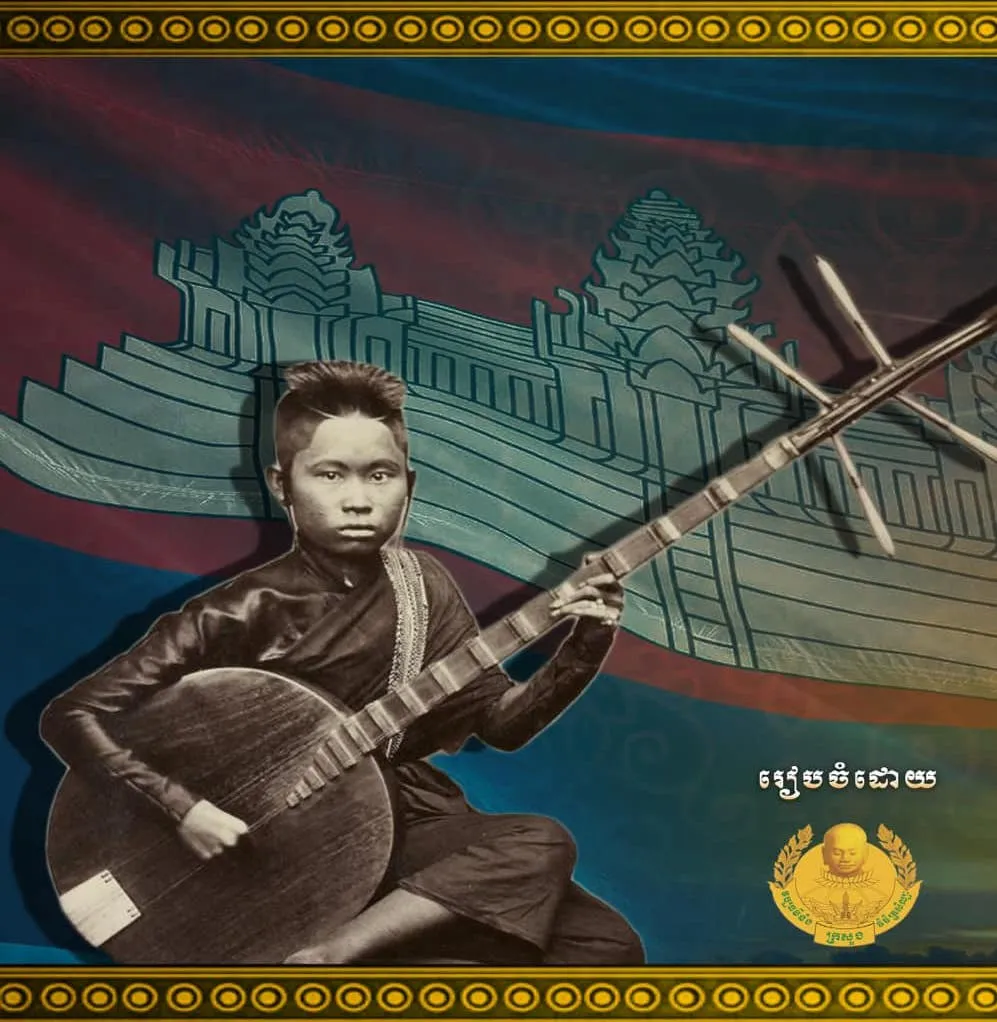
Cultural Value:
- Promotes oral literature and social commentary
- Passed down through mentorship and live performance
5. Lkhon Khol Wat Svay Andet
📅 Inscribed on November 28, 2018
A masked dance drama performed by villagers in Kandal Province, this ritual enacts episodes of the Reamker to bring blessings and harmony to the community.
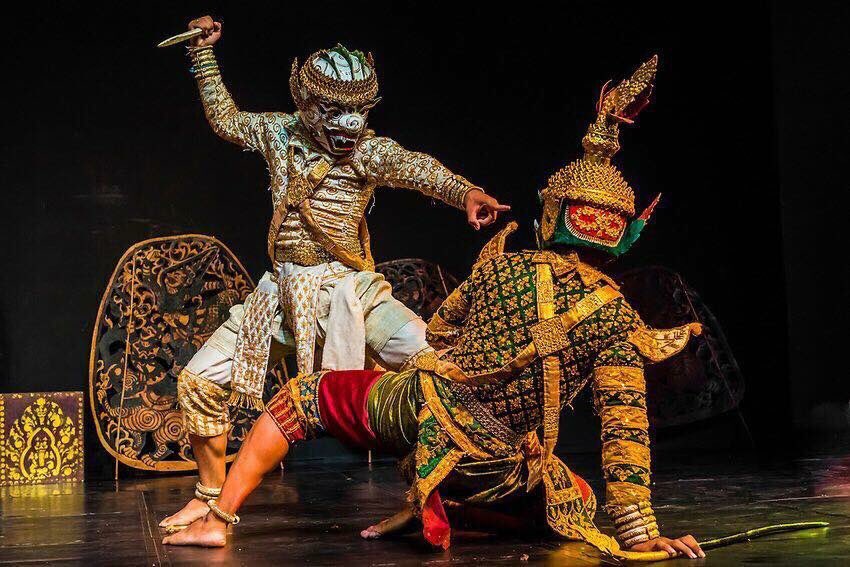
Cultural Value:
- Ritual performance combining music, dance, and faith
- Maintained by local communities for centuries
6. Kun Lbokator (Khmer Traditional Martial Art)
📅 Inscribed on November 29, 2022
Lbokator is one of the world’s oldest martial arts — combining combat skills, meditation, and discipline. It embodies Khmer warrior heritage and national pride.
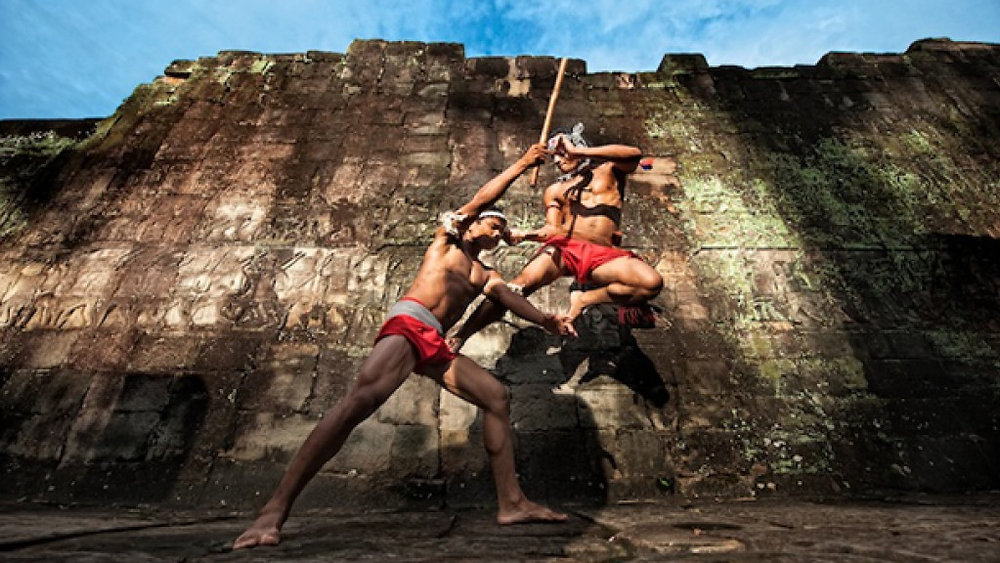
Cultural Value:
- Encourages youth participation and cultural continuity
- Represents Khmer strength, respect, and honor
7. Krama (Traditional Cambodian Scarf)
📅 Inscribed on December 4, 2024
The Krama is more than a piece of cloth — it’s a national symbol woven into daily life. Used for work, ceremony, or style, it represents unity, versatility, and Khmer identity.
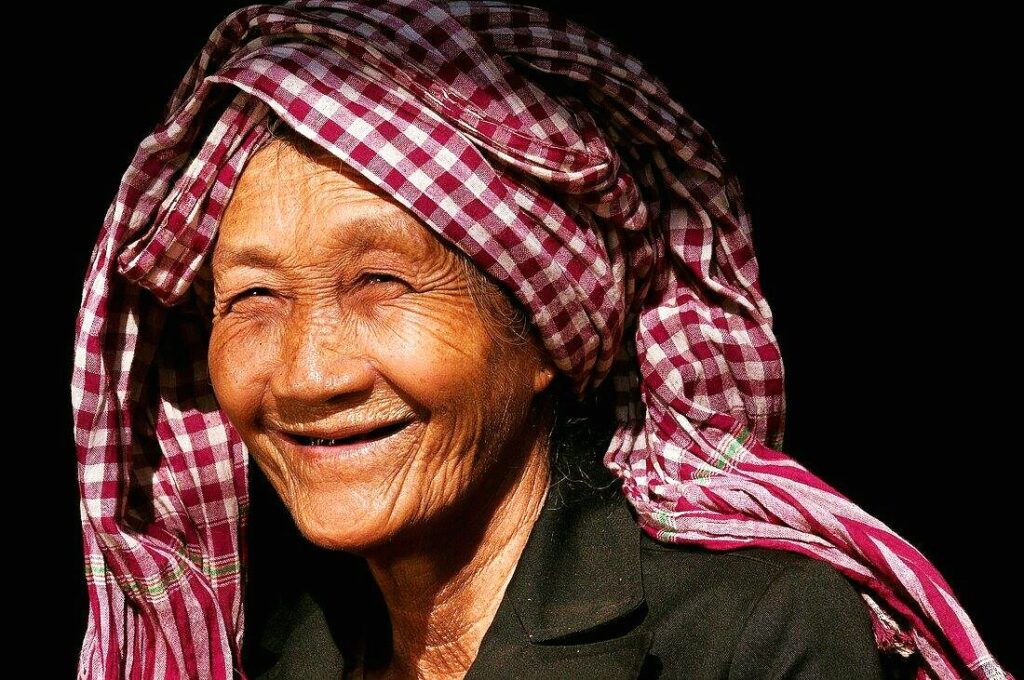
Cultural Value:
- Symbol of community and craftsmanship
- Represents adaptability and cultural pride
READ MORE: The Krama: Cambodia’s Most Iconic Scarf and Symbol of Khmer Identity
🧭 III. Protecting Cambodia’s Heritage for the Future
Cambodia’s heritage faces challenges from urbanization, tourism, and environmental change. Yet, through community participation, digital documentation, and UNESCO cooperation, preservation is thriving.
Ongoing efforts include:
- Restoration and conservation projects for temple structures
- Heritage education in schools and universities
- Grants and training programs for traditional artists and artisans
- Collaboration with UNESCO and local NGOs
💎 IV. Why Cambodia’s Heritage Matters
From the grand temples of Angkor to the delicate gestures of the Royal Ballet, Cambodia’s heritage embodies human creativity, endurance, and hope.
These treasures — both in stone and in spirit — are not just national symbols; they are universal lessons in resilience, beauty, and cultural continuity.

